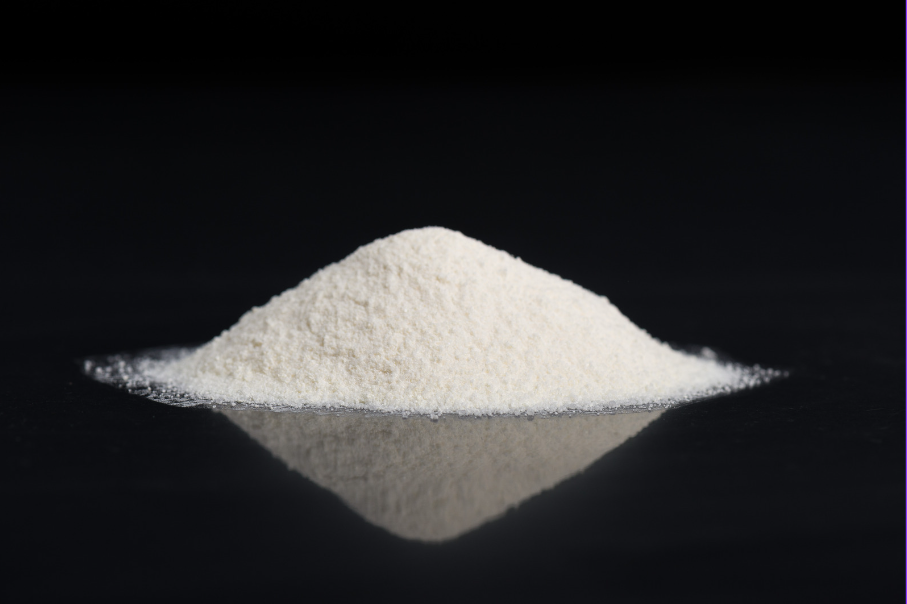In modern construction, the choice of materials plays a crucial role in determining the success and longevity of projects. Among the many innovations in building materials, Hydroxypropyl Methylcellulose (HPMC) has emerged as a key additive, transforming the performance of mortar and cement. This article explores how HPMC has contributed to enhancing the durability, flexibility, and overall quality of construction projects, ensuring that buildings and infrastructure stand the test of time.
The Evolution of Modern Construction Materials
The landscape of construction has transformed significantly over the centuries, evolving from rudimentary methods to highly sophisticated engineering marvels. In ancient times, builders relied on basic mixtures of lime, sand, and water to construct enduring structures. However, as the scope and complexity of modern infrastructure expanded, so too did the need for enhanced materials that could withstand the demands of time, weather, and urbanization. The introduction of chemical innovations, such as synthetic polymers, has played a pivotal role in this shift. Today, one of the most influential additives in construction materials is Hydroxypropyl Methylcellulose (HPMC), an advanced polymer that has redefined what is possible in building design and longevity.
Hydroxypropyl Methylcellulose: A Game-Changing Additive
Hydroxypropyl Methylcellulose, or HPMC, is a versatile chemical compound synthesized from cellulose. Its unique molecular structure allows it to function as an emulsifier, thickener, film-former, and stabilizer, making it indispensable in various industries, including construction. This polymer is derived from plant fibers, which gives it a remarkable combination of being both eco-friendly and effective in applications requiring high durability.
In the realm of construction, HPMC acts as a vital additive to cementitious materials like mortar and plaster. By adjusting the water retention, workability, and setting times, HPMC offers a level of precision previously unattainable with traditional mortar mixtures. Its ability to modify the rheology (flow properties) of cement-based materials ensures that they are easy to apply while maintaining their structural integrity. Moreover, HPMC’s film-forming property helps protect surfaces from environmental damage, making it an invaluable component in both new builds and restoration efforts.
Impact of HPMC on the Durability and Performance of Mortar
Perhaps the most significant contribution of HPMC to construction is its role in enhancing the durability and performance of mortar. Traditional mortar mixtures are susceptible to rapid drying, leading to poor bonding and potential failure over time. HPMC, however, retains moisture within the mix, allowing the cement to cure more gradually and completely. This extended hydration phase increases the strength and cohesion of the mortar, making it far less prone to cracking or weakening under stress.
Additionally, HPMC has been shown to improve the flexibility of hardened mortar, enabling it to absorb the subtle movements and vibrations that buildings endure. This property is particularly crucial in regions where seismic activity or high winds are a concern. Mortar modified with HPMC resists the formation of micro-cracks that can quickly expand into significant structural weaknesses. In this way, HPMC not only extends the life of the construction materials but also contributes to the overall resilience of the structure.
Notable Construction Projects Benefiting from HPMC
The integration of HPMC into construction materials has become increasingly common in large-scale infrastructure projects across the globe. One prime example is its use in urban skyscrapers, where the longevity and strength of the materials are paramount. In these towering structures, HPMC helps ensure that the mortar maintains its integrity despite the varying temperatures and forces experienced at different elevations. The polymer’s water retention abilities also allow for more uniform setting, a critical factor in maintaining consistency in such massive projects.
Restoration projects, particularly in historical preservation, have also benefited from HPMC-enhanced mortars. For instance, when repairing ancient masonry, the introduction of modern additives like HPMC allows for a more controlled and careful restoration process. The polymer ensures that the new materials bond seamlessly with the old, without compromising the original architecture’s appearance or structure. This marriage of tradition and technology has enabled countless heritage sites to be preserved for future generations while reinforcing them to withstand the challenges of contemporary environmental conditions.
In conclusion, the contributions of Hydroxypropyl Methylcellulose to construction are both far-reaching and profound. Its ability to enhance water retention, improve flexibility, and extend the life of mortar has made it a cornerstone of modern construction materials. As infrastructure demands continue to grow and the need for durable, sustainable building materials becomes more pressing, HPMC stands as a prime example of how chemical innovation can shape the future of construction for decades to come.


